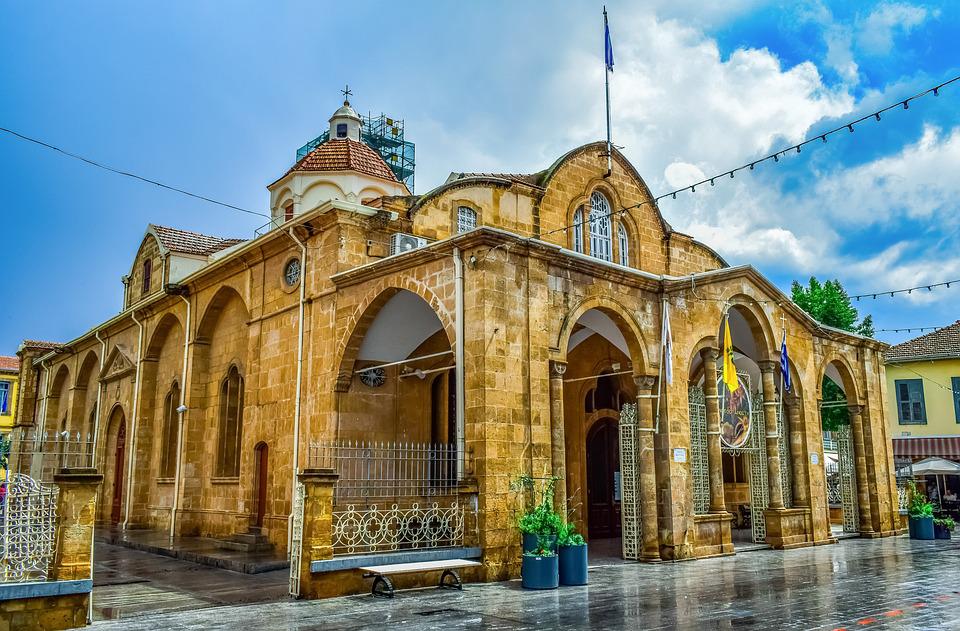When it comes to church architecture, Cyprus remains one of the prominent examples of Byzantine continuity, with its Greek Orthodox places of worship, maintaining the magnificence of the dome and other elements of historical architecture. But how does this play into the secular, modern surroundings and are they mutually harmonious in an urban setting?
Distinguished Cypriot American architect Theocharis David gave a lecture last night (October 5th), hosted by the University of Cyprus and entitled ‘Contemporary Churches and Cyprus-Learning from Byzantine Architecture’. It centres around the need to unify the diverging outlooks of Byzantine architecture as expressed by Greek orthodox churches and the secular buildings surrounding them.
‘I am here not as an archeologist or historian and certainly not some architect savant but simply as a colleague, a fellow Nicosia citizen, architect and teacher. And for those who may not know it am someone born and raised as a New Yorker, as a Brooklynite to be more precise. But I am very proud of my deep Cypriot roots’, he said, in an introductory note to his speech.
Among the most significant commissions an architect can receive is the design of a religious building which when realized becomes a symbol for and expression of a city, community faith or idea. Some of these are as diverse the Parthenon of Athens, Ayia Sophia, Notre Dame de Paris, St. Peters Basilica, Sagrada Familia in Barcelona, Chicago’s Unitarian Temple and Beth Sholom Synagogue of Philadelphia.
Cyprus, David noted in his speech, is enriched with exceptional examples of ecclesiastical architecture of the Byzantine period adapted to urban and rural environments, villages and cities. A parenthesis, many share the view that this period of almost 1,000 years, is not sufficiently studied as part of the cultural heritage of Cyprus.
The distinguished Cypriot American architect posed a number of challenges facing church architecture today, including the degree of technological intervention in the design of ecclesiastical buildings, as well as what should the impact of Naodomia be on town planning, the tranformation of a neighbourhood, community or city.
Can or should an architect restrain their ego, their personal identity while designing for the needs of a particular faith, he asks.
It is essential, he argues, that today there be a symbiotic, tolerant relationship between the secular and religious universally. This symbiotic relationship needs to be expressed through and into the built environment.
Even the openings which direct the sun into the churches with only what is needed for the experiencing of their space further defined by frescoes and mosaics, These constricted opening are meant to “protect” or shield the faithful from the surrounding sometimes intimidating built secular environment.






